★1 Trooping the Colour
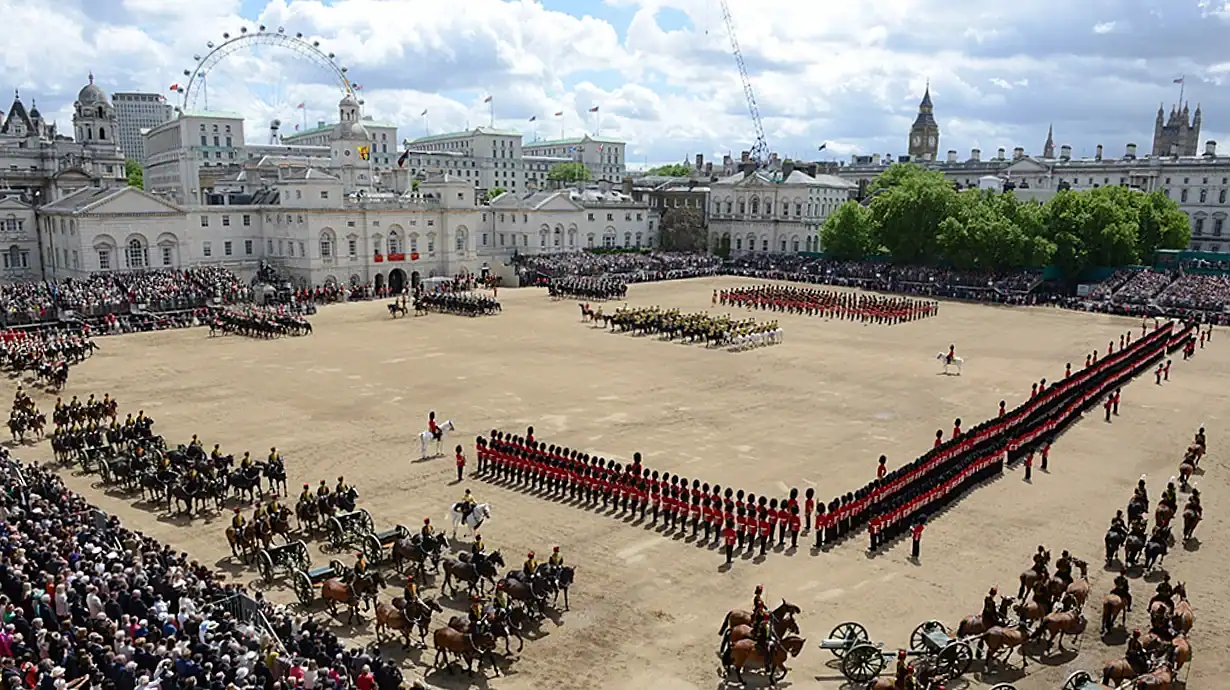
Nowhere does pomp and pageantry like London. There are quite a few parades worth attending but the best of the bunch is Trooping the Colour.
The original idea behind this parade was for all the different regiments to show off their flags so the soldiers would recognise them on the battlefield, but these days we just do it to celebrate the King’s official birthday in June. His real birthday is on the 14th November but November equals rain, and we don’t want the lousy British weather to rain on his parade, so we pretend that his birthday is in the sunny month of June instead.
If you stand down the Mall then you can watch practically the whole of the British Army march past Buckingham Palace towards Horse Guards. You’ll see hundreds of horses and marching bands, followed by members of the Royal Family in their State coaches. The Queen will then take the salute on Horse Guards parade ground and everyone will march back again. The Royal Family will then step out onto the balcony and wave at the crowds, and the RAF will send a few planes over the top.
Note: If you can’t make this parade then they hold a couple of rehearsals in the weeks leading up to it. The Colonel’s Review takes place one week before, and the Major General’s Review two weeks before.
★2 Lord Mayor’s Show
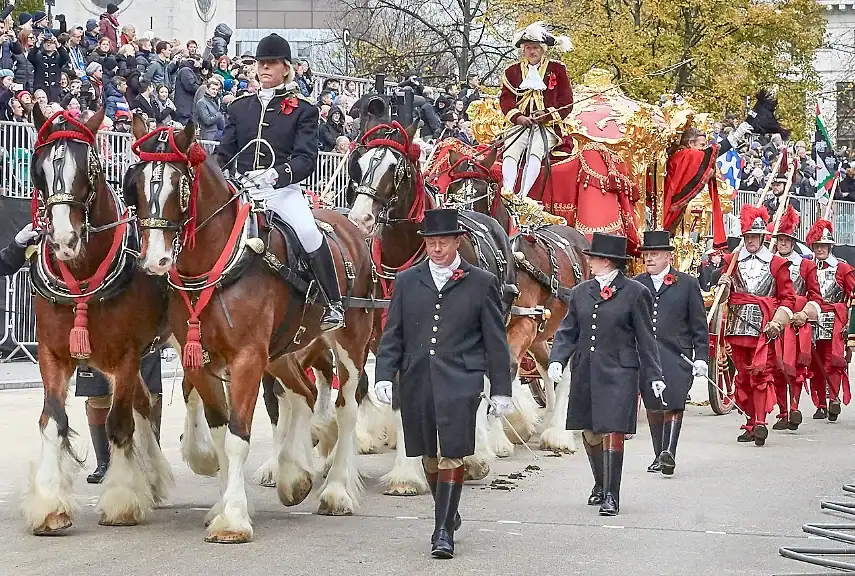
The Lord Mayor’s Show is London’s longest running pageant and has been going for an incredible 800 years. It takes place every November when the new Lord Mayor of London gets sworn into office.
The event begins with a river pageant from Vauxhall Bridge to Tower Bridge. The new Mayor then rides his coach from Mansion House to St. Paul’s Cathedral where he stops to receive a blessing.
He takes his oath of allegiance to the Queen outside the Royal Courts of Justice and then heads back to Mansion House again, where will be his official residence for the next twelve months. The parade is followed by a huge firework display.
★3 Notting Hill Carnival

The Notting Hill Carnival takes place every year on August Bank Holiday. If you have little kids then you should probably visit on the Sunday (‘Family Day’) because the main parade on Bank Holiday Monday will be bursting with the biggest crowd you have ever seen in your life. A million people regularly descend on West London to enjoy the decorated floats, colourful costumes and Caribbean steel bands.
★4 State Opening of Parliament
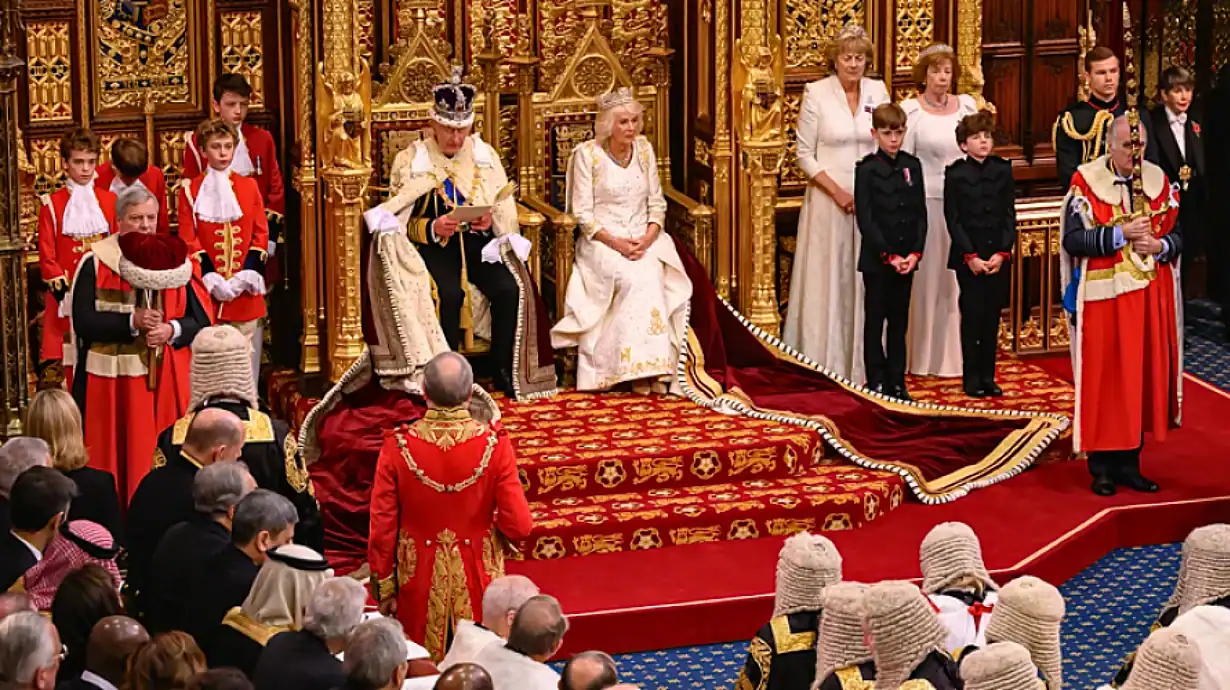 Photo: londondrum.com
Photo: londondrum.comThe State Opening of Parliament usually takes place on a different date every year, but the parade is always the same: the King will ride in a coach down the Mall to Parliament Square, accompanied by the Household Cavalry. He will then process through the Houses of Parliament to the House of Lords, where he’ll sit on the golden throne and read out the government’s plans for the coming year.
The public aren’t allowed inside whilst the King is reading the speech, and the only bit they can watch is outside when he arrives and departs in his coach. There are no military bands either – it’s literally just the King in his coach and some military horses.
★5 Last Night of the Proms

The annual Prom concerts season is a classical music festival that takes place between July and September in the Royal Albert Hall.
The best night to attend is the Last Night of the Proms which has a mixture of bombastic classical favourites and flag-waving anthems. Popular pieces include Jeruslaem, Rule Britannia and Elgar’s Pomp and Circumstance. It usually closes with the cannons and bangs of Tchaikovsky’s 1812 Overture.
★6 Christmas tree in Trafalgar Square
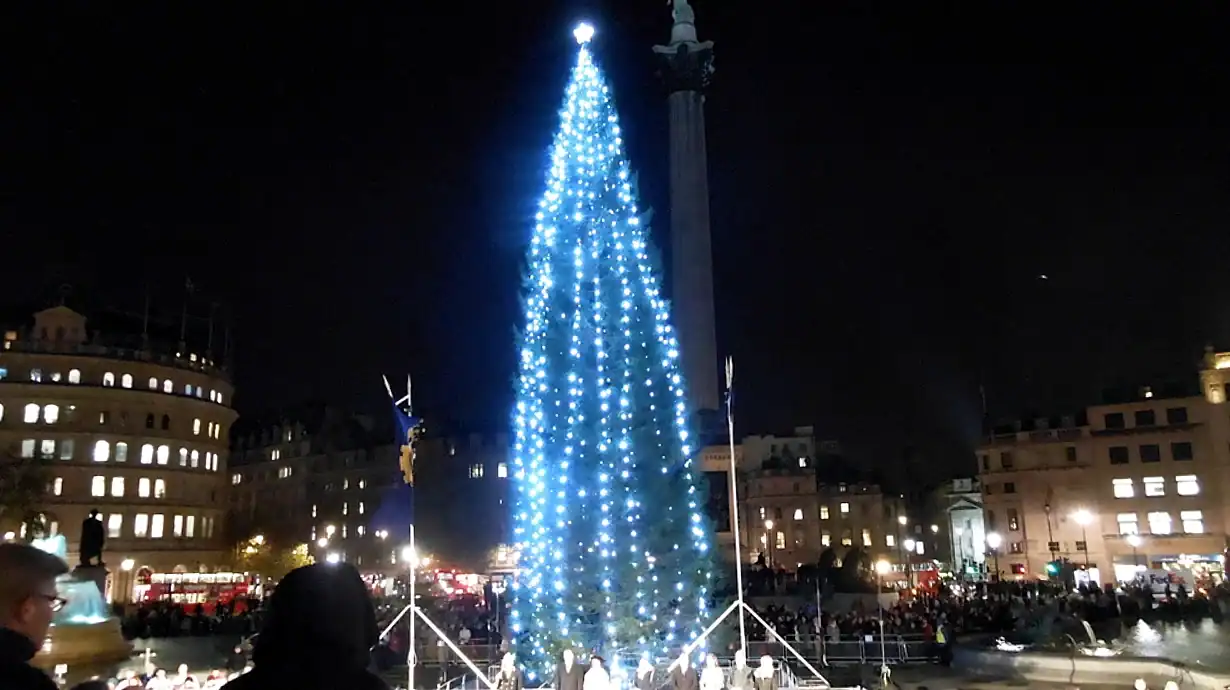 Photo: londondrum.com
Photo: londondrum.comLondon has lots of Christmas trees – our favourites are the ones in Waterloo Place, Leadenhall Market and outside Somerset House – but the most famous one is the Christmas tree in Trafalgar Square.
The Norwegians send us a tree every year to thank us for our help during World War II. It’s a traditional fir with strings of white lights running up to the top. As December rolls on the stage underneath plays host to a different Christmas carol choir every night, singing to the shoppers as they head home.
The lighting ceremony usually takes place in the first week of December and is attended by the Mayor of Oslo and Lord Mayor of London. Standing on the steps of the National Gallery inside that big crowd of people, listening to the Salvation Army band play Silent Night before they light the tree is a magical moment that will make your Christmas.
★7 Wimbledon Tennis Championships

For two weeks in June/July the entire country holds its collected breath… will we have another British winner? Tim Henman came close for a while before Andy Murray finally won it in 2013 after 76 years of waiting. He then won it again and earned himself a knighthood.
Wimbledon is the world’s most famous tennis tournament and half a million spectators descend on the event every year to drink Pimms, eat strawberries and cream, and occasionally watch some tennis as well.
There are only 500 seats on Centre Court and tickets cost a fortune, so you might want to try your luck with one of the outer courts instead. You can usually grab a ticket for one of those if you arrive by 9 AM. If you want one of the better courts then you’ll have to start queuing before 7.30 AM.
★8 Fireworks on Bonfire Night
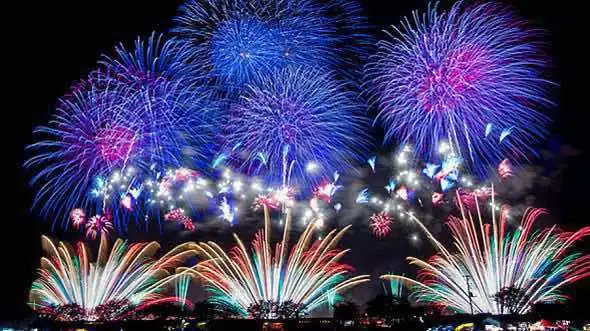
Guy Fawkes’ Night is named after the Catholic agitator who tried to blow up Parliament in 1605. Fawkes was tasked with carrying the barrels of gunpowder into the cellar underneath the House of Lords, and then guard them until the room above was packed with politicians. Unfortunately for Fawkes the plot was leaked and the soldiers conducted a search of the cellars the night before. He was promptly discovered and then tortured for the names of his co-conspirators.
James I was so thankful for his deliverance that he decided everyone should celebrate by burning big bonfires and letting off colourful fireworks – and 500 years later we’re still doing it!
Bonfire Night itself is always on the 5th November, but a lot of the biggest firework displays in London take place on the nearest weekend. They are big events that usually have plenty of food and drink stalls, a bit of live music, and maybe even a few funfair rides.
★9 Chinese New Year
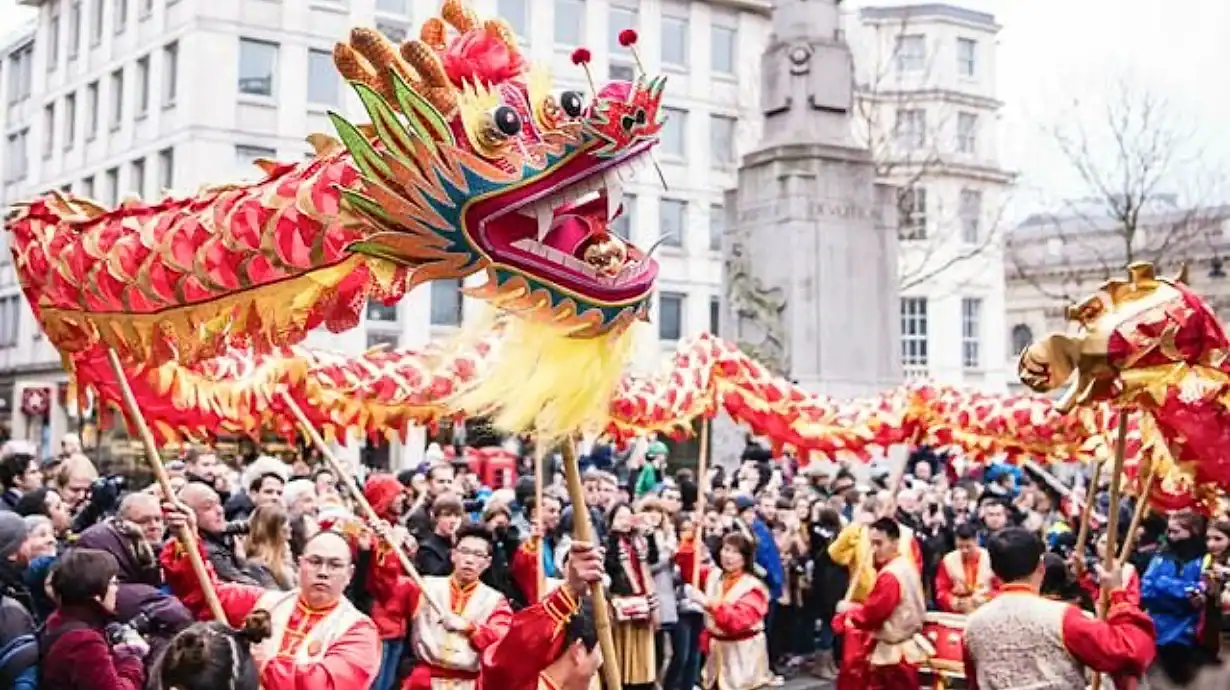
Chinese New Year takes place in late January/early February and the big London celebrations usually fall on the nearest weekend.
Half a million people turn up for a spectacular parade of paper-mache lions and fire-breathing dragons that dances its way from Trafalgar Square to Chinatown, via Charing Cross Road and Shaftesbury Avenue.
They usually put up a large entertainment stage in Trafalgar Square with Oriental dancers, acrobats, musicians and martial arts stars, and the evening ends with a cacophony of firecrackers and fireworks.
★10 Remembrance Day Parade
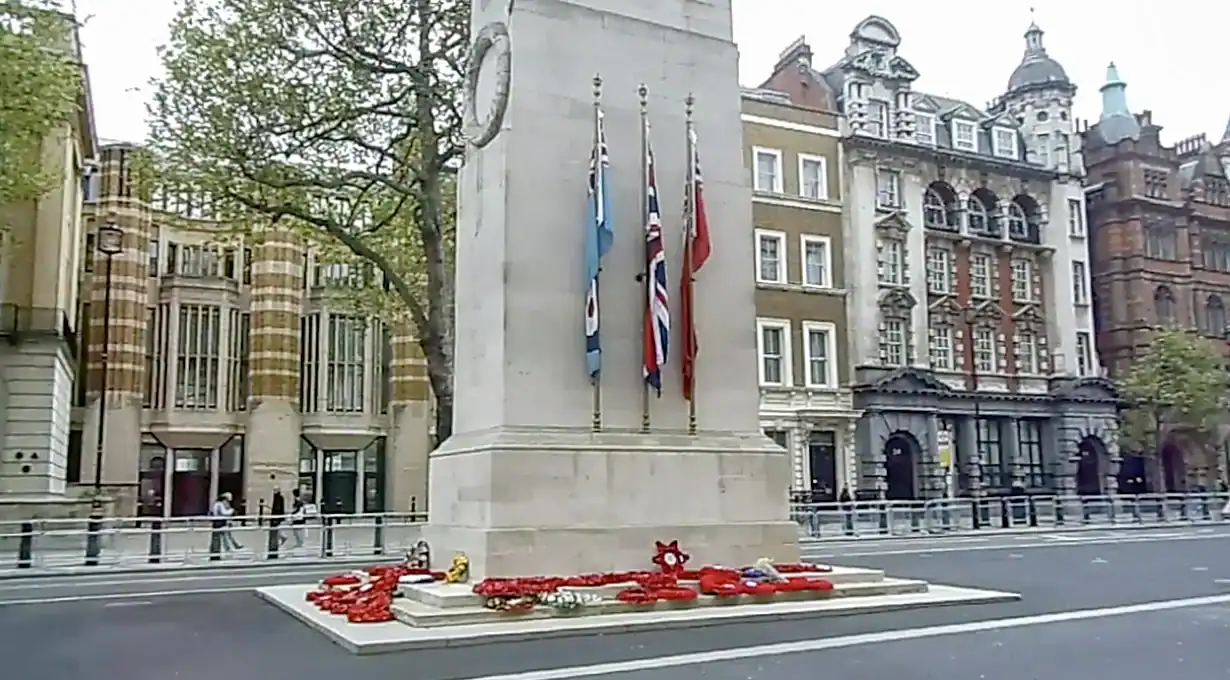 Photo: londondrum.com
Photo: londondrum.comRemembrance Day always falls on the 11th November, but the big parade takes place on the following Sunday. It is held the remember all the fallen soldiers from Commonwealth wars.
This parade focuses on the military rather than the Royals, so the Queen doesn’t parade down the Mall in her coach. She simply lays a wreath at the Cenotaph alongside the country’s leading politicians, and then listens to a bugler blow the Last Post.
Thousands of veteran soldiers and serving soldiers will then march down Whitehall from Horse Guards to Parliament Square, and then loop back round to the back of Horse Guards parade ground. This part of the parade takes over an hour, and thousands of wellwishers line the streets as they file past.
 Twitter
Twitter Facebook
Facebook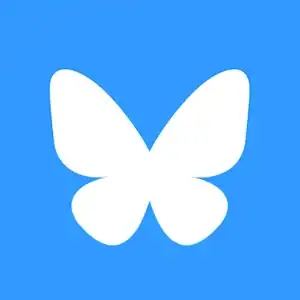 Bluesky
Bluesky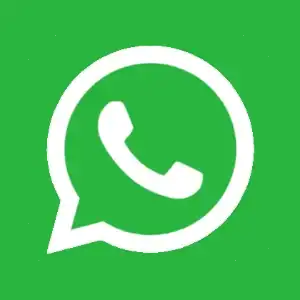 WhatsApp
WhatsApp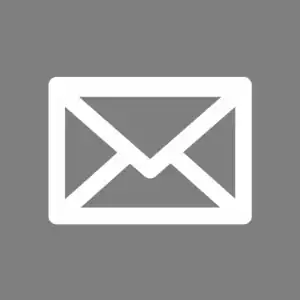 Email
Email